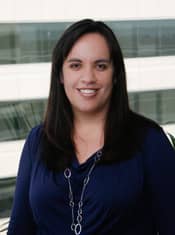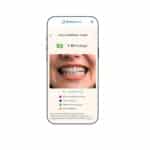
In putting together this month’s issue, a theme emerged: The importance of carving out a niche to differentiate a practice and to set that practice up for greater success. For orthodontists, it is often the adoption of a specific product or technology that does just this.
Eleven years ago, when Adam Schulhof, DMD—who writes in this month’s issue about how he is using esthetic braces—started his New Jersey-based practice, he made the decision to specialize from the start, focusing on esthetic orthodontic treatment. When it came time to open a second practice, he looked to open a location in New York City. But knowing how saturated the area was with orthodontists and general dentists offering orthodontic treatment, he knew he had to find a niche to help his practice stand out. So he opted to specialize in lingual treatment in his New York office. The decision not only allowed him to differentiate his practice, but it also had the unique advantage of creating a referral network with orthodontists who didn’t offer lingual braces. Those orthodontists didn’t see him as the competition.
For Jamie Reynolds, DDS, MS, who writes about the process of successfully implementing digital scanning into a practice, the decision to incorporate a digital intraoral scanner has allowed his practice to set itself apart, offering patients who want PVS-free treatment an option. While a significant financial investment, Reynolds reports that his practice has seen a significant bump in requests for this service among patients. “I could list at least 10 patients who have said they chose our practice because of the option not to have PVS impressions,” he writes.
When it came time for Todd Ehrler, DDS, MS—the subject of this month’s cover story—to redefine the 45-year-old practice he took over from his father, it was his interest in 3D digital technology that, he says, provided “a way for me to differentiate myself from the competition.” His interest in this technology stemmed from his desire to provide better and more affordable treatment to his patients. And this is a key point in any attempt to differentiate a practice. Often, it comes down to specifically addressing the needs of the patient. As Reynolds writes, “If there are a variety of dental and orthodontic practices in your area offering orthodontic treatment, having a differentiator that addresses a huge patient pain point will help make your practice stand out.”
In the end, carving out a niche is all about uniquely branding your practice to help it stand out from the competition. The goal is to become the only orthodontist in town who can meet a patient’s needs. OP
—Alison Werner, Chief Editor








